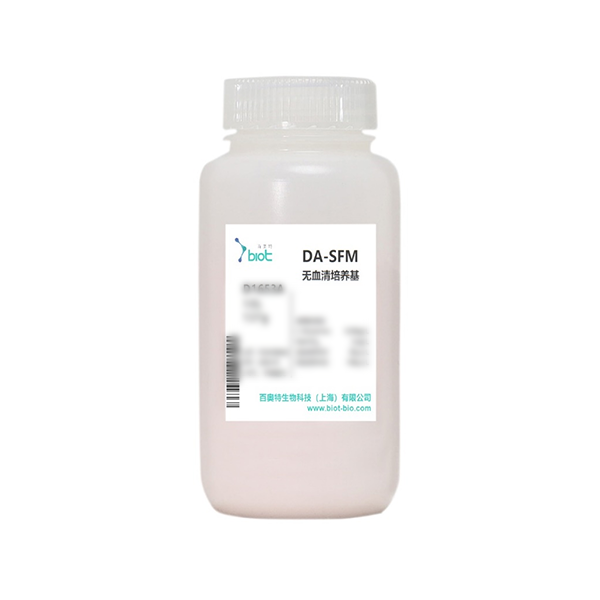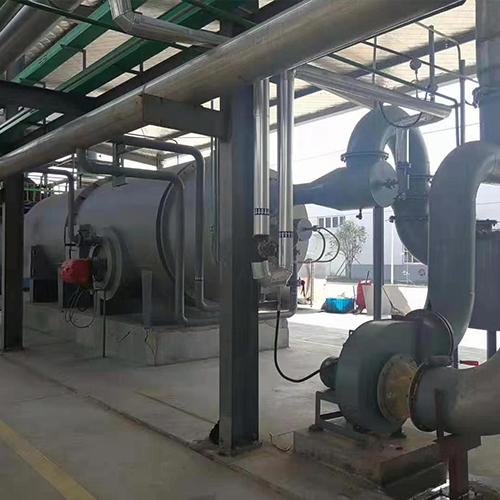Maintaining a clean and hygienic kitchen is essential for ensuring food safety and preventing the spread of harmful bacteria. While regular cleaning practices involve the use of various cleaning agents, it is crucial to understand the chemicals used in kitchen cleaning and their effectiveness. In this blog post, we will delve into the world of kitchen cleaning chemicals, exploring their properties, applications, and safety considerations.
- Sodium Hypochlorite: The Powerhouse Disinfectant
Sodium hypochlorite, commonly known as bleach, is a widely used chemical in kitchen cleaning. Its strong oxidizing properties make it an effective disinfectant, capable of killing a broad spectrum of microorganisms. Diluted bleach solutions are commonly used to sanitize countertops, cutting boards, and other kitchen surfaces. However, it is important to follow proper dilution guidelines and safety precautions while using bleach, as it can be harmful if not handled correctly. - Citric Acid: The Natural Degreaser
Citric acid, derived from citrus fruits, is a natural and environmentally friendly cleaning agent. Its acidic nature makes it an excellent degreaser, capable of breaking down stubborn grease and grime on kitchen surfaces and utensils. Citric acid is commonly used in dishwashing detergents and descaling agents for removing mineral deposits from kitchen appliances like coffee makers and kettles. - Hydrogen Peroxide: The Versatile Cleaner
Hydrogen peroxide is a powerful oxidizing agent that can effectively kill bacteria, viruses, and fungi. It is commonly used in kitchen cleaning for disinfecting countertops, cutting boards, and utensils. Additionally, hydrogen peroxide can remove tough stains, such as coffee or wine, from kitchen surfaces. However, it is important to handle hydrogen peroxide with care and avoid mixing it with other chemicals, as it can produce harmful reactions. - Ammonia: The Grease Buster
Ammonia is a strong alkaline compound that is highly effective in cutting through grease and grime. It is commonly found in kitchen cleaning products like oven cleaners and degreasers. However, it is important to use ammonia in well-ventilated areas and avoid mixing it with bleach or other acidic cleaners, as it can produce toxic fumes. - Enzyme-Based Cleaners: The Biological Approach
Enzyme-based cleaners are a newer addition to the kitchen cleaning arsenal. These cleaners contain specific enzymes that break down organic matter, such as food residues and grease, into smaller, more manageable components. Enzyme-based cleaners are often used in kitchen drain cleaners and garbage disposal cleaners, providing a natural and effective solution for eliminating odors and preventing clogs.
Conclusion:
Understanding the chemicals used in kitchen cleaning is crucial for maintaining a clean and safe cooking environment. Sodium hypochlorite, citric acid, hydrogen peroxide, ammonia, and enzyme-based cleaners each have their unique properties and applications. However, it is important to follow safety guidelines, use proper dilutions, and avoid mixing incompatible chemicals to ensure effective and safe cleaning practices in the kitchen.

